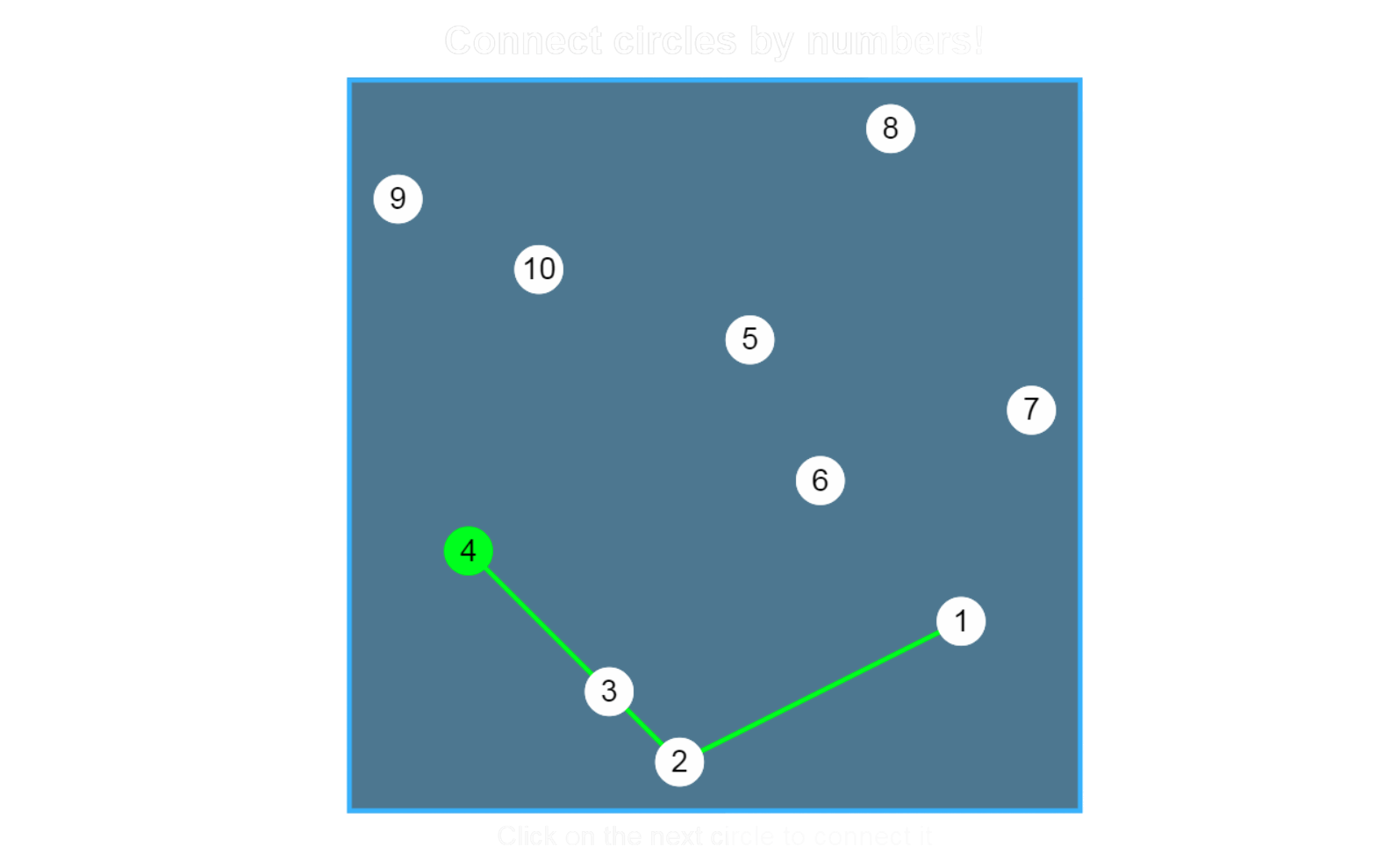Trail Making Task

Background
The Trail Making Test is a popular diagnostic tool to assess general intelligence and cognitive dysfunctions (Tambaugh, 2004, Cavaco et al, 2013). In part A of the TMT, subjects are asked to connect a cluster of numbers in ascending order. This task is a combination of visual search and general visual and motor processing speed. Part B is presents a sequence which alternates between numbers and letters. Subjects must actively switch between both categories when connecting them in ascending, but alternating order. Hence, this task is considered to include an executive function component since the subject must actively switch between categories while connecting the symbols (MacPherson et al., 2017). The time to complete part A and time B respectively are the main dependent variables. Since the test performance includes many cognitive factors, the ratio between performance in part B divided by A has been proposed as a more sensitive metric since it uses part A as the baseline for performance in part B. This reduces the impact of intra-individual variability and emphasizes the executive component specific to part B (Salthouse, 2011). In addition to completion times, specific error types are also known to correlate with certain types of brain damages (Kopp at al, 2015);
Publications
Cavaco, S., Goncalves, A., Pinto, C., Almeida, E., Gomes, F., Moreira, I. , Fernandes, J., Teixeira-Pinto, A.(2013). Trail Making Test: Regression-based Norms for the Portuguese Population. Archives of Clinical Neuropsychology 28 (2013) 189–198.
Kopp, B., Rösser, N., Tabeling, S., Stürenburg, H.-J., de Haan, Bianca, Karnath, H.-O., Wessel, K. (2015). Errors on the Trail Making Test Are Associated with Right Hemispheric Frontal Lobe Damage in Stroke Patients. Behavioural Neurology Volume 2015.
MacPherson, S.E., Cox, S.R., Dickie, D.A., Karama, S., Starr, J.M., Evans, A.C., Bastin, M.E., Wardlaw, J.M., Deary, I.J. (2017). Cortex, Volume 95, October 2017, Pages 92-103.
Salthouse, T.A. (2011). What cognitive abilities are involved in trail-making performance?. Intelligence. 2011, 39(4): 222–232.
Tombaugh, T.N. (2004). Trail Making Test A and B: Normative data stratified by age and education. Archives of Clinical Neuropsychology : the Official Journal of the National Academy of Neuropsychologists [01 Mar 2004, 19(2):203-214]
Zhiwei Zeng, Chunyan Miao, Cyril Leung, Zhiqi Shen, (2017) “Computerizing Trail Making Test for long-term cognitive self-assessment”, International Journal of Crowd Science, Vol. 1 Issue: 1, pp.83-99.
Links
Configuration Options
| Size of Region | : | Height | Width |
| Circles | : | Number, Diameter |
| Layout | : | Part A | Part B | Random |
| Sequence | : | Digits, Letters, Alternating |
| Bock Mode | : | Single | Blocked | Time-limited |
| Input Gesture | : | Click | Drop | Draw |
